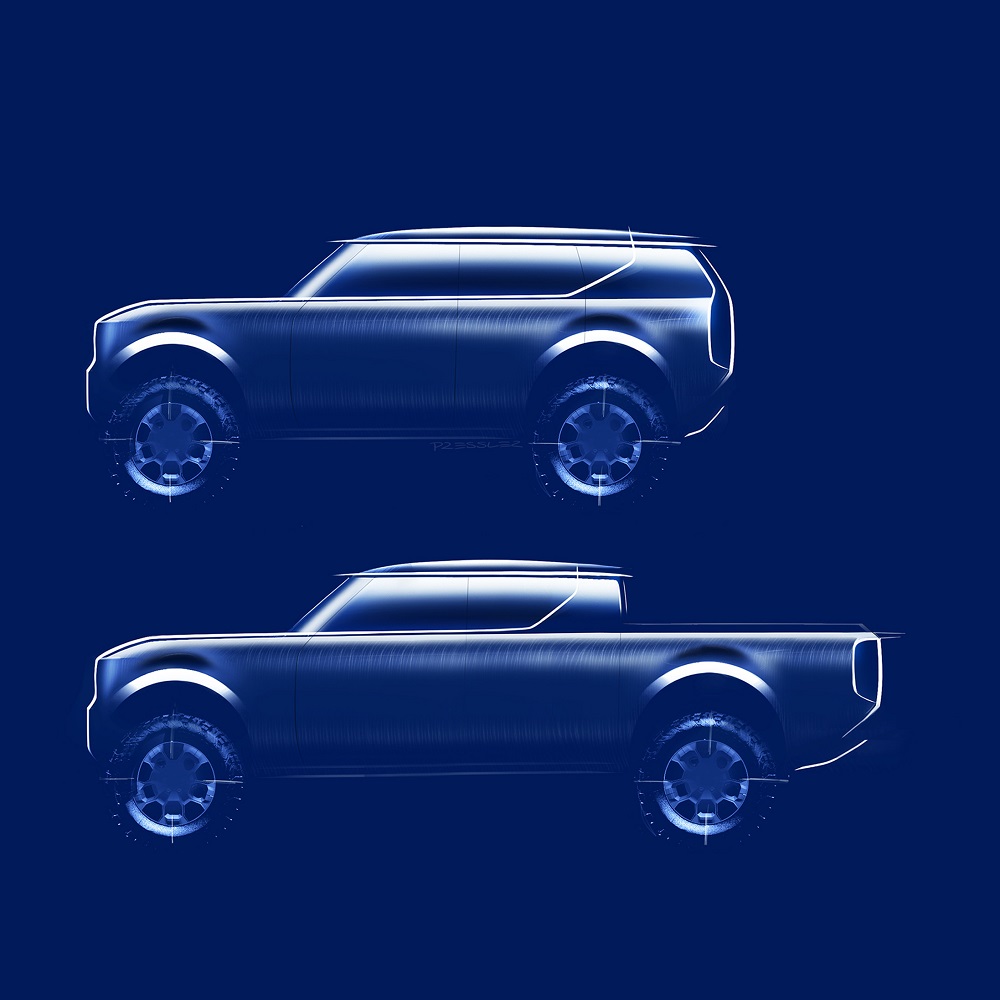NEW YORK, Aug 15 — The first generation of electric racing cars, which closed out a four-year run at the ABB FIA Formula E Championship in Brooklyn, New York, last month, isn’t perfect. Sometimes, the whirr of the motor sounded like dental-cleaning tools. Limits on the battery capability meant that a driver had to make a pit stop midway to swap cars in order to complete the 40-lap race. Each team had four.
Nonetheless, the Formula E owners believe there’s a strong secondary market for these cars. Before they introduce the second-generation versions in 2019, the company is making the first 40 electric racing supercars available for collectors to purchase. “I think people will look back on this era of racing with fond memories,” says Alejandro Agag, founder and chief executive officer of Formula E, based in London. “It was the beginning of something special.”
It’ll cost you roughly from US$200,000 (RM820,577) to US$289,000. Every model has an identical chassis and battery, so the value may be driven more by victories, sentiment, and collector demand. Formula E isn’t officially marketing the cars; news is getting around by word of mouth.
Formula E owns all 40 of the cars after paying about €16 million for them (€400,000 apiece) and then leasing them to the teams. “The current cars are still fit for purpose. They’ve provided us with four seasons of exciting, intense, and unpredictable racing,” says Agag. “I know there’s a lot of interest from collectors and they could even be used for racing purposes.”
In the four years since the cars were introduced, battery technology has advanced to the point that the next generation of electric race cars will be able to complete a 45-minute timed race on a single charge. The new cars — and this new format, which is being changed from 40 laps — will debut at next season’s first race, to be held in Riyadh, Saudi Arabia’s capital in December.
The fossil-fuel-powered Formula One grand prix cars are notoriously expensive: Each car can exceed US$20 million. To keep costs down — especially for a brand-new circuit based on emerging technology — the battery and body were standardised.
“Today, the competition is on the power trains, the motor controller, and the gear box,” says Theophile Gouzin, CEO and technical director of Spark Racing Technology, which won the contract to build the first- and second-generation chassis. Williams Advanced Engineering supplied the first batteries; the new ones, supplied by McLaren Applied Technologies, will double capacity.
By focusing on efficiency and wringing more mileage out of the same cars through racing is how the nearly dozen automakers and partners hope to catch up to Tesla Inc, Gouzin says. There aren’t any Tesla racing cars “because they are already the reference” — the main manufacturer supplying only electric cars.
In the next season, new teams will include Nissan Motor Co, as well as a private German team called HWA AG, which is linked to Daimler AG’s Mercedes AG and constitutes the brand’s first, quiet step before it officially joins the circuit in the 2019-2020 season, along with Porsche AG, says Gouzin.
This year’s drivers champion was a team called Techeetah, a Chinese motor racing team under ownership of SECA-China Media Capital. Its driver was Jean-Eric Vergne, who previously was behind the wheel at Formula One. Winners in previous races included teams from Audi AG, Renault SA, and Panasonic Jaguar Racing.
Each of the 40 cars has been raced and returned, says Agag, and the organisation is “already in close conversation” with some of the teams that want to hold onto their cars, he adds.
One he considers a standout is the victor of the first-ever race in Beijing back in 2014 — an Audi Sport ABT driven by eventual Season 3 champion Lucas di Grassi. Part of the appeal is the nostalgia of that race, he says. “We’d made it against all the odds and doubters.” — Bloomberg






















